The First Day of Thanksgiving – Diversity Sunday
REPOSTED FROM 2009
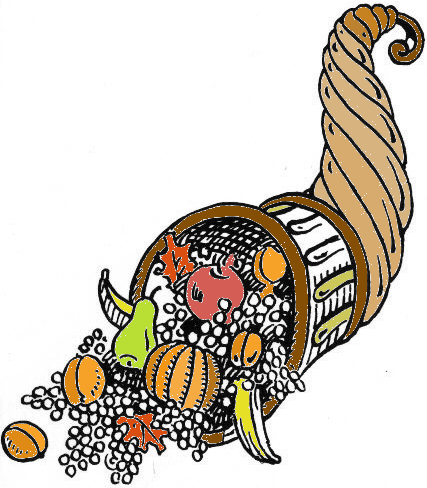 Today is the first of the Twelve Days of Thanksgiving: Diversity Sunday!
Today is the first of the Twelve Days of Thanksgiving: Diversity Sunday!
While Diversity Sunday may not be as important as Remembrance Thursday or Harvest Thursday itself, this introduction to the celebration is vital to the full vision of Thanksgiving, as we remember that good things come to our lives through meetings.
These may be meetings of different opinions, as in the Continental Congress where America’s Founders met. They may be meetings of different families, as at a wedding, or different religions, as in the Christmas story of three Magi traveling to Judea. They may be different cultures, or even different business theories or scientific hypotheses. All new things, and therefore all new good things, come to our lives through meetings with others.
It is important to value diversity not simply for the sake of conflict-aversion, a “politically correct” way of not hurting anyone’s feelings, but to value it in full and rational recognition of the great value that difference plays in individual and societal growth. Diversity is a rational expression of the virtue of Hope, openness to good turns in life.
And, for Reform Unitarians this day’s message of being open to diversity is particularly meaningful as it falls on Sunday, the Holy Day of many other Christians of different denominations. Happy Diversity Sunday!

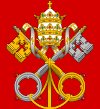 Reform Unitarianism feels a particularly close kinship with the Roman Catholic Church, despite that it is the institution that adopted the apostasy of Trinitarianism. Roman Catholicism retains the sense of the ancient pedigree of Christianity, which more recent off-shoots (which nevertheless imagine themselves reformatory) fail to project.
Reform Unitarianism feels a particularly close kinship with the Roman Catholic Church, despite that it is the institution that adopted the apostasy of Trinitarianism. Roman Catholicism retains the sense of the ancient pedigree of Christianity, which more recent off-shoots (which nevertheless imagine themselves reformatory) fail to project.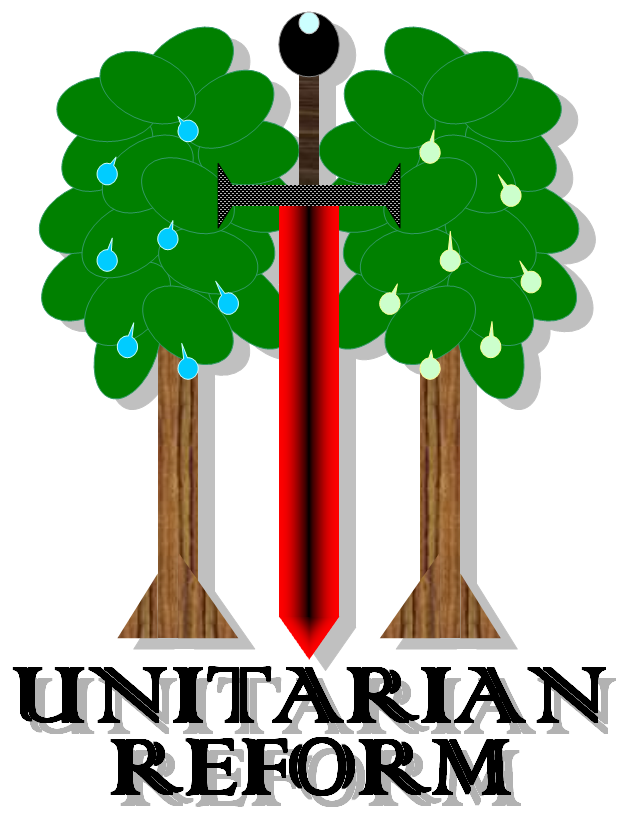 Earlier this year, a
Earlier this year, a 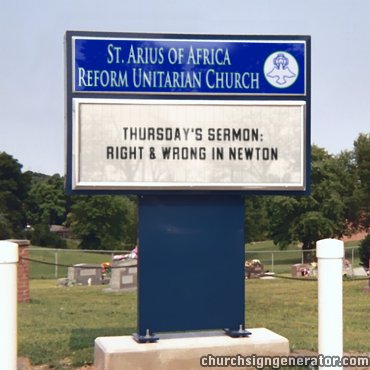
 It is quite appropriate that the (actual) birthday of Martin Luther King Jr. falls on the
It is quite appropriate that the (actual) birthday of Martin Luther King Jr. falls on the 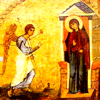
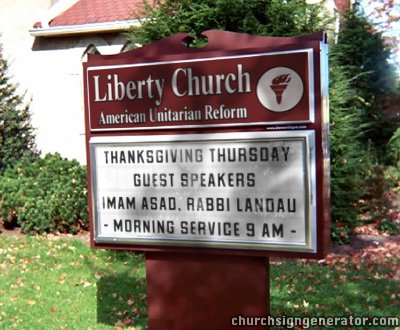
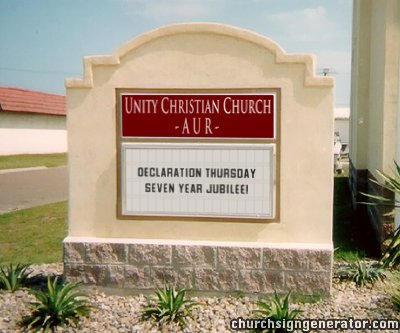
 Typically, Reform Unitarianism avoids the use of the cross. One reason is that the cross did not become an important symbol in Christianity until well into the 4th Century, after conflationist corruptions had begun to undermine Christian theology. The cross simply does not represent original Christianity.
Typically, Reform Unitarianism avoids the use of the cross. One reason is that the cross did not become an important symbol in Christianity until well into the 4th Century, after conflationist corruptions had begun to undermine Christian theology. The cross simply does not represent original Christianity.